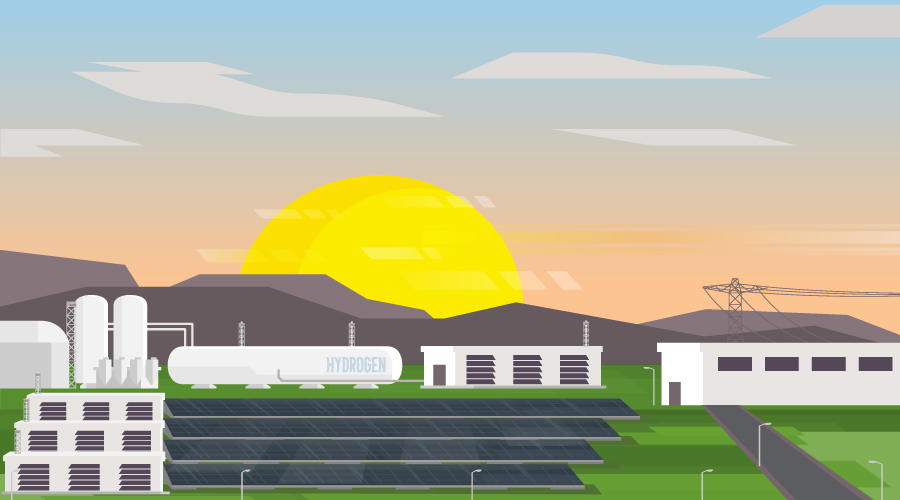ROI, Applicability, Operational Impact Influence Energy Decisions
Other key questions involved in selecting energy optimization products and services include what the ROI is, what the applicability of a product or service is, and what the operational impact is. Here's a closer look at each.
What will be my ROI? Return on investment is certainly the king of the criteria, and top of mind in any business case. Attractive ROI parameters will be determined by the organization, but it is crucial that facility managers take a moment to really understand how the ROI figures they're being quoted have been calculated. What values are being used for variables such as the cost of electricity, steam, or natural gas used in the calculations? What are the cooling degree-days and the heating-degree days used? "When they make these claims, what's the baseline for electricity?" says Peter Strazdas, associate vice president, facilities management, Western Michigan University. "What city are we talking about? If they don't have that data, well, they found a sweet spot in the country that works well for their numbers. But I'm interested in my environment. You need to look at the variables in your location."
If the ROI claims are legit, Offermann suggests facility managers not necessarily cross off smaller figures from consideration. "People always want to have the biggest bang for their buck; they want to do tremendous things and have major impact," he says. "I think one of the issues with that is that energy managers and facility managers miss opportunities because they're looking for the big win and they're not capitalizing on some of the smaller incremental wins. If you're walking down the street, is it better to pick up a hundred pennies, or is it better to wait and pick up a dollar bill?"
How applicable will this be in my facility/campus? When Strazdas considers energy optimization products and services, one of his first thoughts is how applicable it will be across his campus. He has to make sure it has a significant impact, something that's pretty broad based or meets a specific need, he says. "If I'm looking at energy optimization, it has to work across the entire campus." It has to work in his climatic conditions, and in a variety of different types of buildings, and the more it fits across the spectrum the more he can deploy it, he says.
How will this product/service impact my operations? Another area that Strazdas focuses on when making product and service evaluations is its impact on operations. This falls under his total cost of ownership research, he says. "If it's going to cut my energy bill in half, that's great. But what do I have to do after the first couple of years. Do I have to replace it every two years?" Strazdas says he tries to understand if the product will need to be serviced more frequently or will require particular staffing. "That's part of the total cost of ownership," he says. "The energy bill is just one part of that picture. I would strongly encourage facility managers to look at the full spectrum of cost. Not just the utility bill."
Another operations impact to consider is how a product or service will impact how efficiently current facility management staff can do their job, says Mitten. "Is this product or service making my facility manager or building engineer more effective in the use of their time?" he says. For example, networked building controls won't necessarily make a fan or a pump more efficient, but they allow the person responsible for those systems to have better and more efficient access to their operations information.
Related Topics:
















